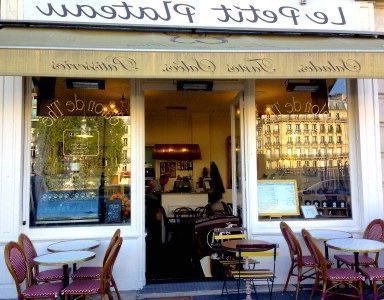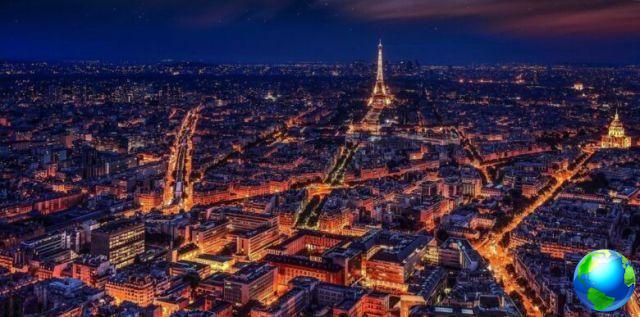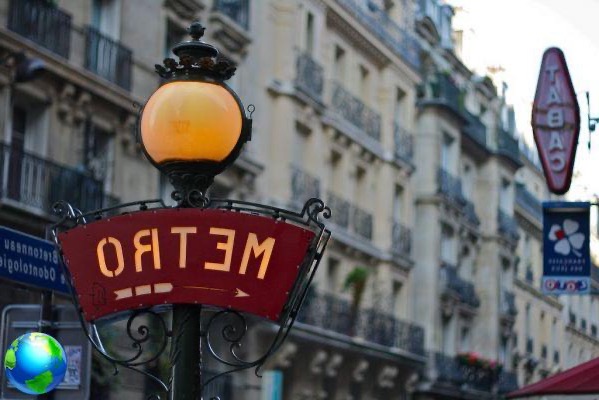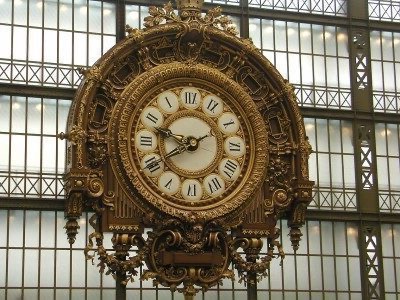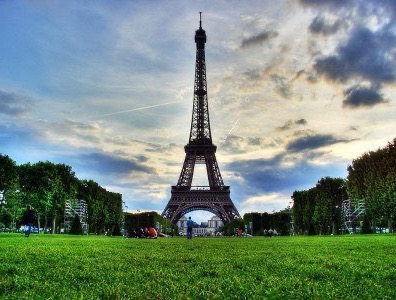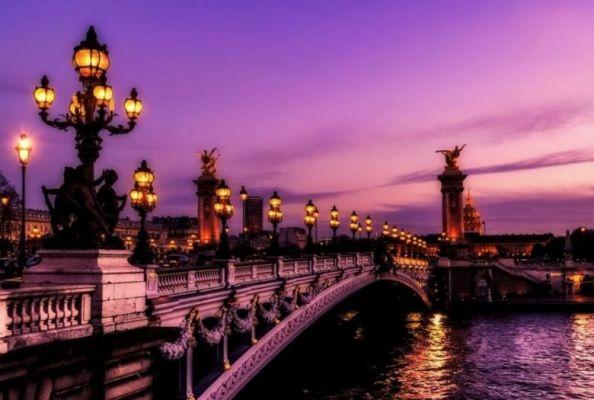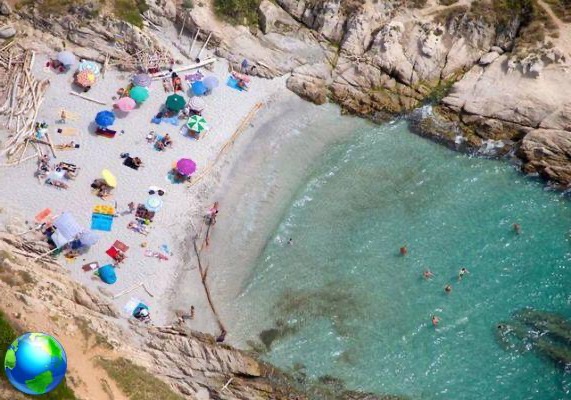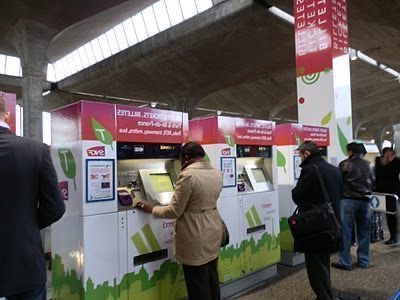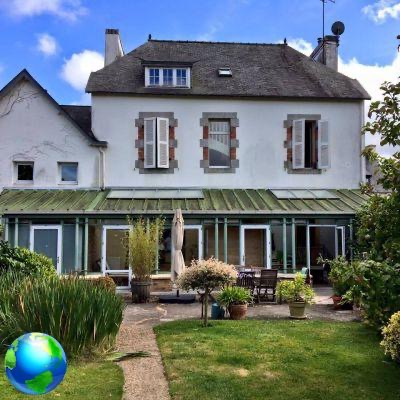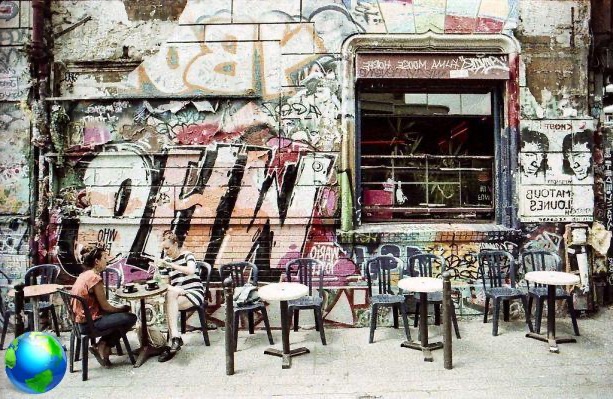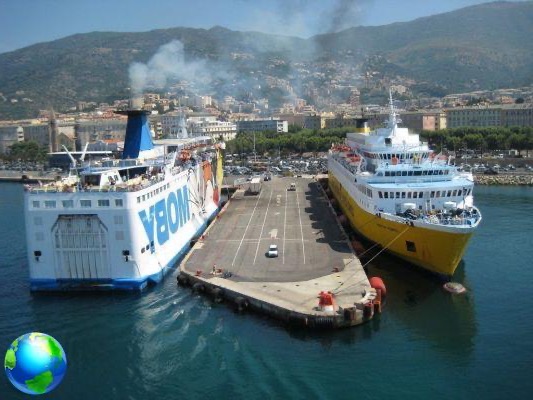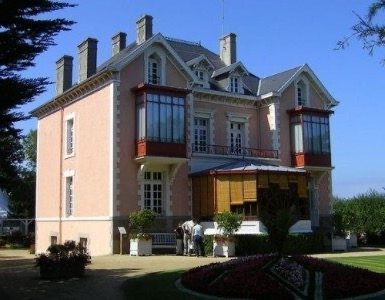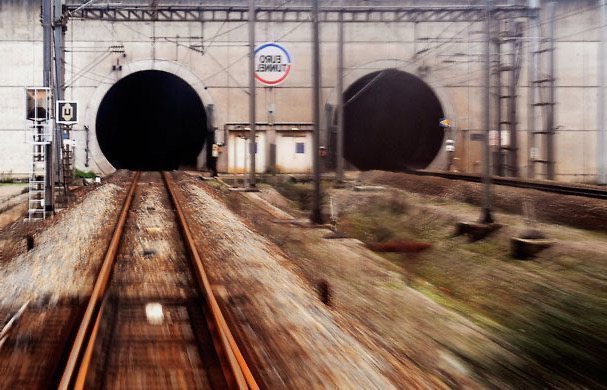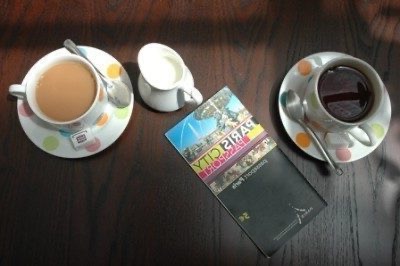A three-day low-cost itinerary in Corsica at Capo Corso through the Path of the Customs officers. When to go, where to stay and why choose this path among many others.
What I propose is a beautiful one trekking in the northernmost part of the Corsica, Capo Corso.
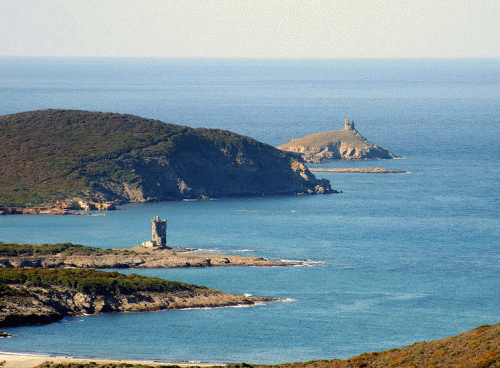
It is a fairly well known route which is called the Path of the Customs officers and that will lead you between seascapes and beautiful views; it is not a mountain excursion, as it is possible to do on this beautiful island, but a tour within everyone's reach.
I did this with a group of friends in September and there choice of season it is not an element to be overlooked. You walk on the coast, in the midst of low vegetation, so the very intense sun months such as July and August are to be excluded. Let's say that from now on every moment is good: spring then, with the blooms of the Mediterranean scrub, is really advisable.

The Capo Corso has a history of its own, is a land of strong emigration, the families who populated it were mostly of Genoese origin; today it is the least touristy part of the island, the one a little more sleepy and with a different beauty: there are no scenic beaches like Palombaggia, there are no dramatic cliffs like in Bonifacio or Porto, but a special charm, impregnated with naturalness. The fact that it is not very touristy also has disadvantages, for example, few accommodation facilities for sleeping, as I will explain later.
The ideal time to stay for trekking are two / three days, take a long weekend to reach Corsica by car: i Ferries depart from Genoa, Savona, Livorno and Piombino, the car will also be useful on the island. In fact, either you decide to rely on local public transport to return from the country of arrival to the one of departure, or, if you are a group, you will have to organize a car transfer before starting the actual trekking. The frequency of public transport depends on the season (more trips in high tourist season) and it is advisable to inquire well before leaving with the tourist office.

The Sentiero dei Doganieri connects the town of Macinaggio, on the northeastern coast with Port Centuri, on the northwest coast. We are right at the north end of the island, that elongated tip called "finger". Macinaggio is a small town that can be reached by car from Bastia, the city where the ferry will drop you off on Corsican soil.
After Macinaggio the road ends along the coast and goes inside. Instead, the path starts from Macinaggio. The first overnight stay was in Macinaggio which has a decent marina but only 5 hotels. The choice of overnight stays is at your discretion: we slept in the start and end stages, walking all day (8 hours). The intermediate step would be Barcaggio, a tiny village at the top of Cap Corse where there is only one small hotel that could not accommodate us. But if you find accommodation in Barcaggio, breaking the trek is certainly interesting, to experience the beautiful beach of Barcaggio, which among other things is located in a beautiful protected area.
Returning to our beginning, the choice fell on a three-star hotel in Macinaggio, theU Libecciu hotels. Have you ever been to Corsica? Yes of course, French is the official language but the course is the most similar and understandable language for us Italians.

The Path of the Customs officers is well reported e starts from plage de Tamarone, a wide sandy beach, right in front of the Iles Finocchiarola Nature Reserve, islets on which a Genoese tower stands out. Along the path there are many other beaches, deserted by bathers and populated only by the cries of seagulls. The east side of the path is punctuated by the watchtowers erected by the Genoese to defend the north coast of the island, a capillary control network. They are placed in panoramic positions or at one of the ends of the coves.
The beauty of this path is that it combines evidence of the past with a beautiful nature, and also allows you to discover unexpected aspects of the most rural Corsica: along our walk we meet vineyards, grazing cows practically on the beach, an abandoned church - Santa Maria - and the aforementioned towers.

The first tower is Santa Maria, very characteristic because it has half collapsed. The path proceeds in an undulating way, with slight climbs and descents towards the sea, until it reaches the Cape where it rises and from where you can see the beautiful Giraglia Island with the lighthouse above, the true north end of Corsica. The suggestive tower is overlooking the sea with intense shades of blue and is called Tour d'Agnello, it is better preserved, you can also visit the interior.
The route proceeds towards Barcaggio, a tiny village on the beach, a nature reserve; as I said you can stop the trekking here and stay between the beach and the hotel, or continue in the second half that leads us to Centuri. Even if you are not planning to stay in Barcaggio, the temptation to take a bath on this large beach will be strong!
The next village that you pass is Tolerate: on this side the coast is higher and there are greater ups and downs and more difficult descents to the sea, however the view is truly priceless. The ups and downs lead us, finally upon arrival, to Centuri and Centuri Port.

The latter is a small harbor in miniature but extremely suggestive, with waterfront restaurants and an extremely calm and relaxed pace of life. If you have chosen to stay overnight in Centuri you don't have much offer, there are a couple of hotels and B & Bs. We have stayed from U Marinaru, but first a dinner based on fresh fish is recommended, the restaurant is up to you.




